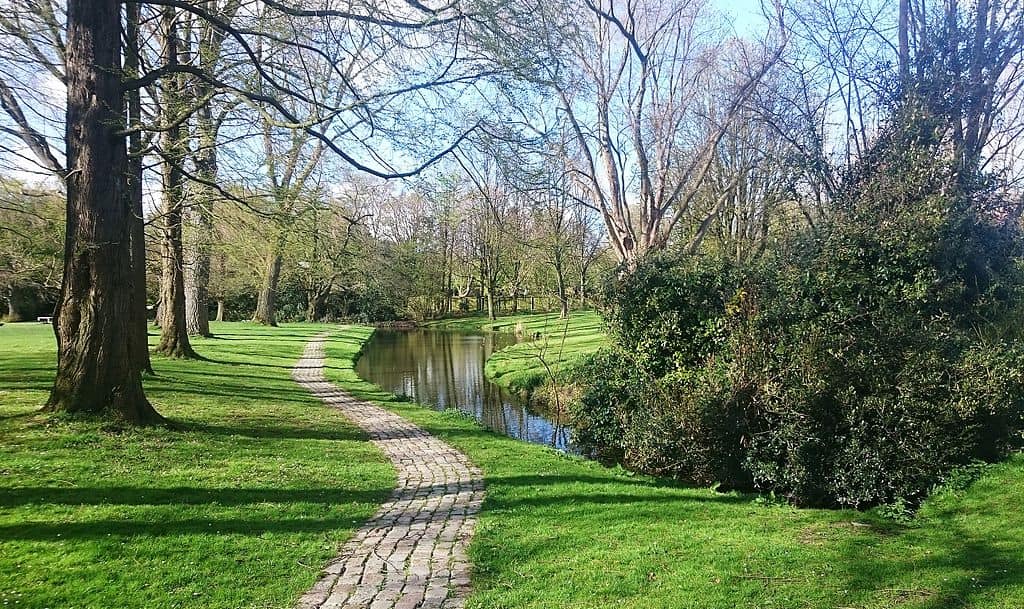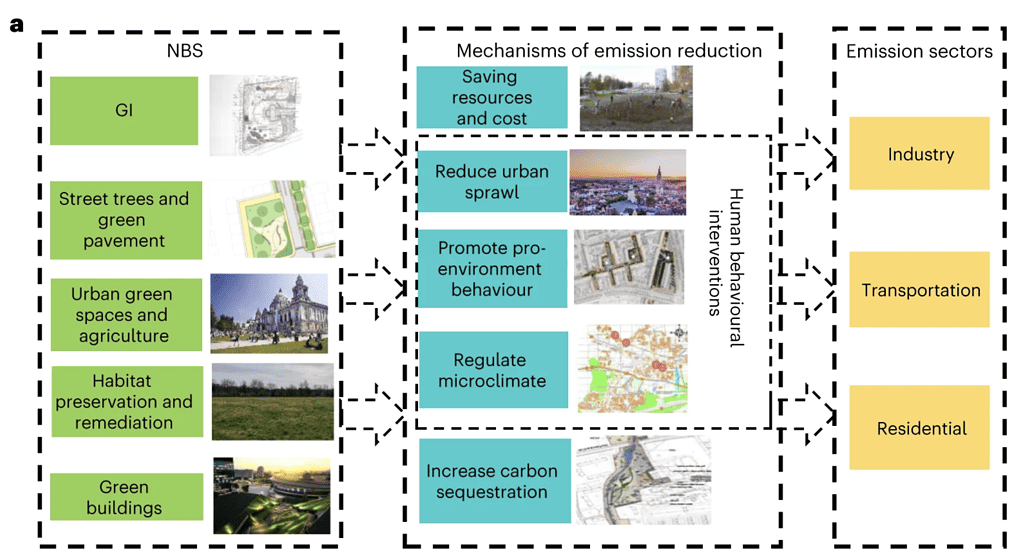Phasing out fossil fuels from transport, heating, cooling, and other polluting processes is an important way to reduce greenhouse gas emissions in cities – but it’s not the only one. Nature-based solutions can play a big role in tackling emissions, a new study found. In fact, supporting nature is one of the most sustainable things cities can do.

Researchers from Sweden, the US, and China discovered that numerous cities can achieve their pledged climate goals within a decade by integrating nature into urban designs.
Different places have different environmental situations, of course. But whether it’s rooftop gardens to the introduction of more green spaces, all cities can benefit from more green spaces.
Tackling cities’ emissions
The European Union (EU) is probably the most ambitious bloc of countries in terms of climate goals. The EU has pledged to reduce net emissions by 57% by 2030 compared with 1990 levels. Some individual countries or cities have even more ambitious goal. In fact, the EU climate action is led by 100 cities in member states that have pledged to achieve climate neutrality by 2030.
The new study shows that for these cities, and for cities everywhere on the planet, nature can be a key ally.
In general, nature-based solutions (NBS) refer to strategies and actions that harness natural processes to address societal challenges. These solutions utilize or mimic natural systems and processes to provide essential services and benefits in a sustainable manner. They can be used to mitigate the effects of climate change, enhance biodiversity, improve water quality, reduce the risks of natural disasters, and promote human well-being.
Zahra Kalantari, a study author and professor at KTH Royal Institute of Technology, said they focused on the indirect ways that nature-based solutions can contribute to cities meeting their climate targets. “They not only offset a share of a city’s emissions but can also contribute to a reduction in emissions,” Kalantari said in a news release.
In their study, the researchers integrated data from previous studies on the effects of nature-based solutions. These include permeable pavements that enable rainwater absorption into the ground, narrower roads with more greenery and trees, urban farming, wildlife habitat preservation, and create more spaces for walking and cycling.

For example, urban parks, green spaces, and trees can promote environmentally positive habits that replace automobile driving, such as walking and cycling. Combined with other solutions such as green infrastructure, nature-based solutions can further improve urban microclimates by absorbing heat and cold, hence reducing energy use.
The potential benefits are clear. Across EU cities, emissions could drop by an average of 17.4% with the adoption of NBS. However, the effectiveness varies, with eastern EU cities showing the most promise.
The largest reduction would happen in the industrial sector as it can save resources (water, energy, and building materials) and reduce maintenance costs associated with industrial buildings. Homes have a more limited potential as green buildings are usually limited in size and the emissions reduction potential is limited by space constraints.
The emissions-saving potential of nature-based solutions also varies between cities and regions, the researchers said. The highest potential was found for eastern EU cities, with NBS reducing emissions by 20.3%, followed by northern EU, with 18.2%. The lowest potential was in western European cities, reducing emissions by 13%.
“The findings in this study have important policy implications in terms of the allocation and implementation of NBS for the goal of climate change mitigation,” the researchers wrote. Successful implementation will need to better understand the behavioral aspects of NBS and the socioeconomic, industrial and cultural context of every city.
The study was published in the journal Nature.









